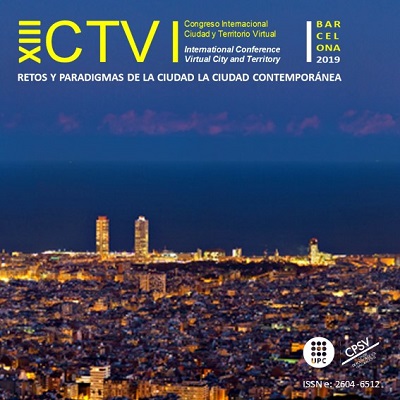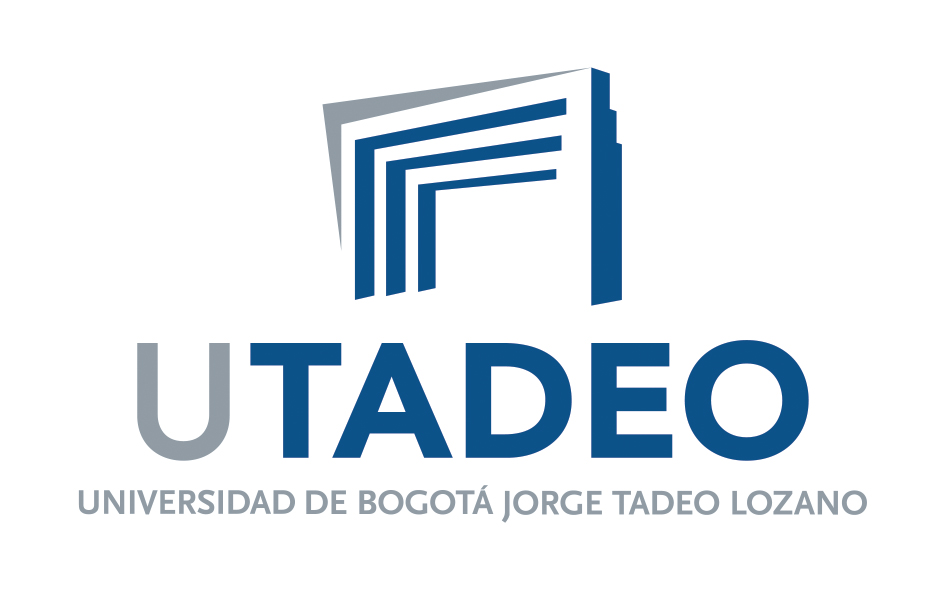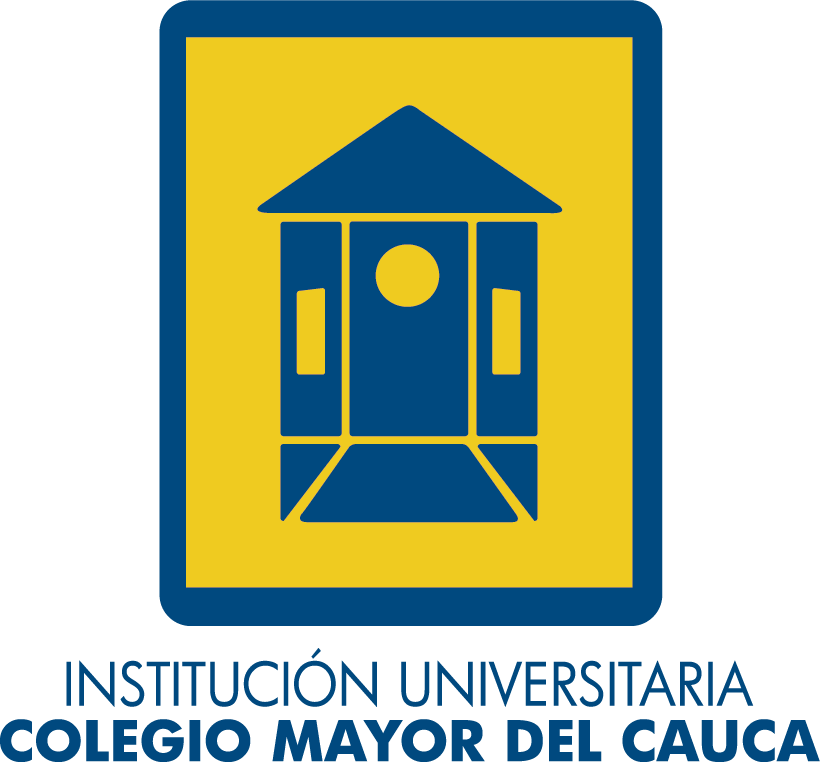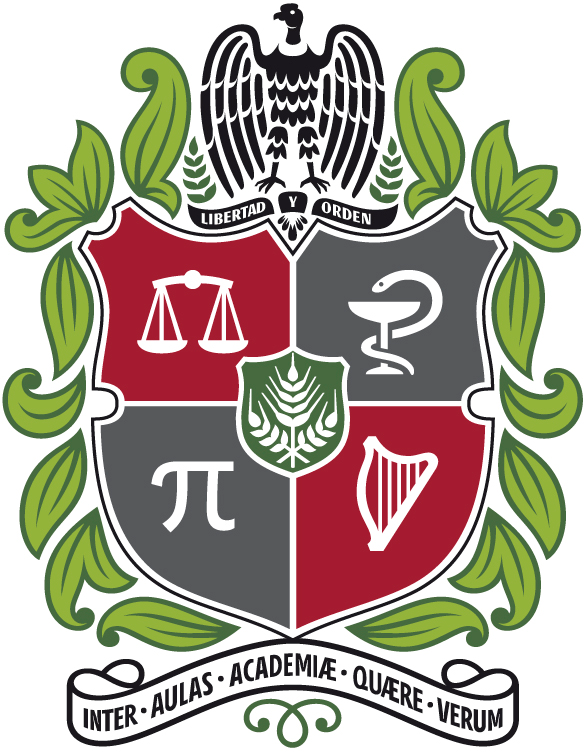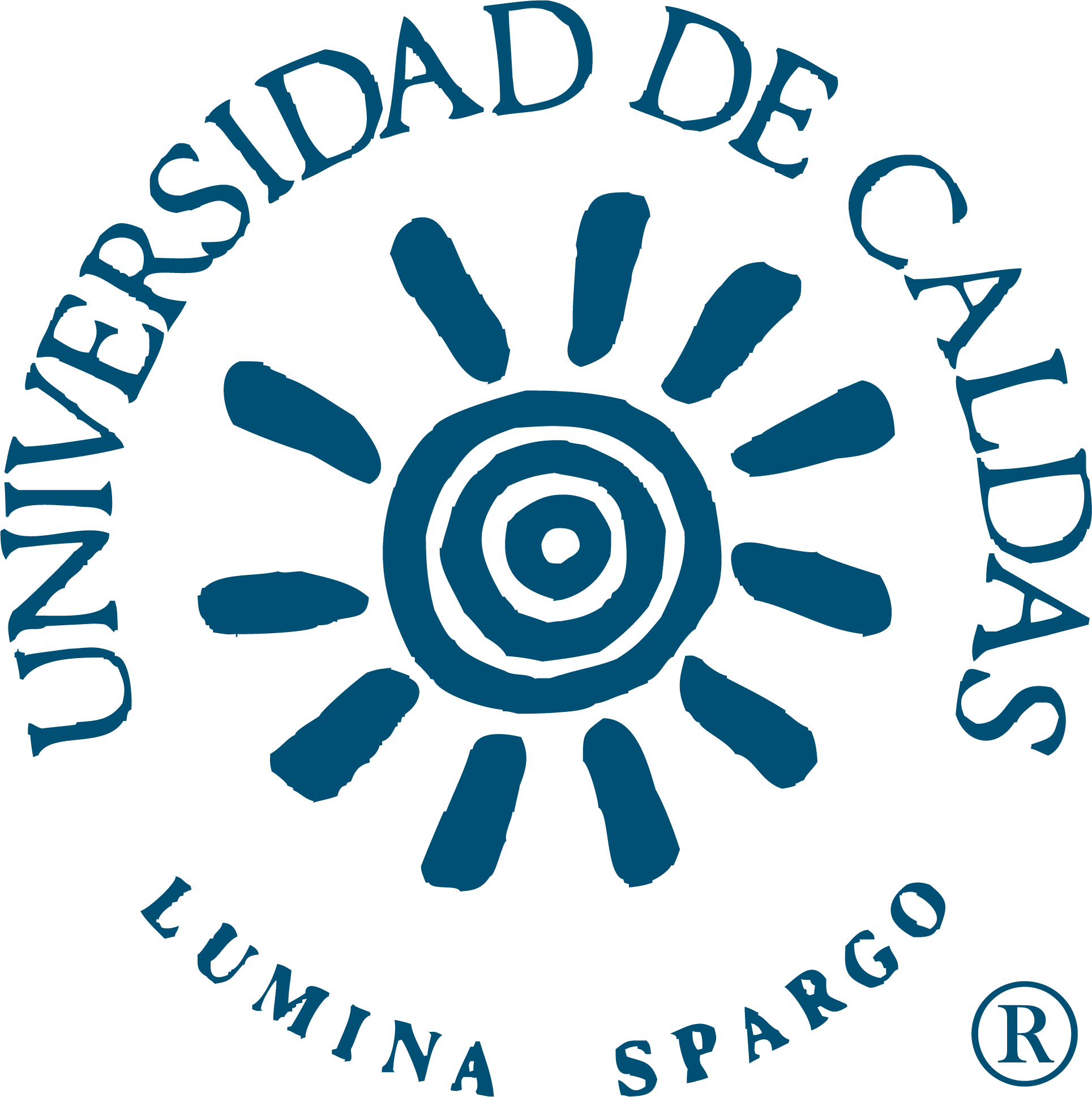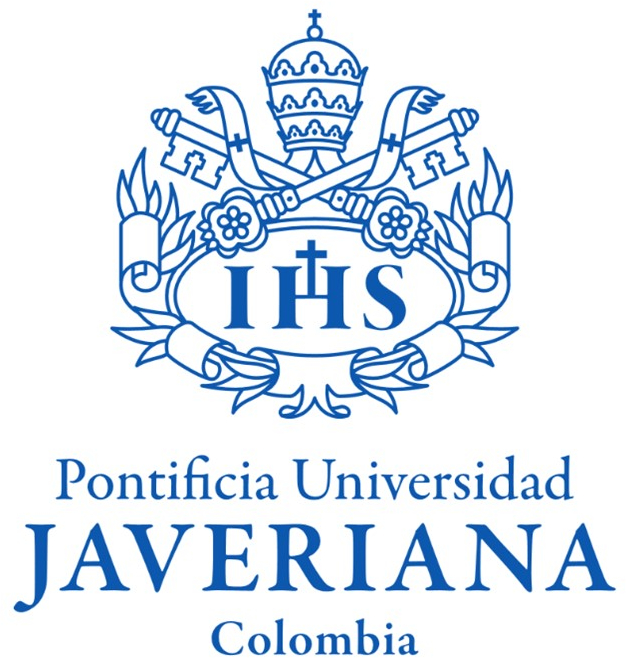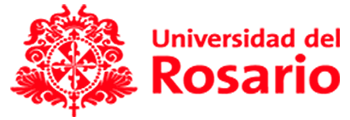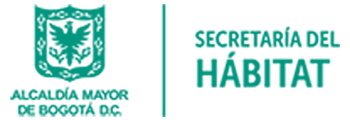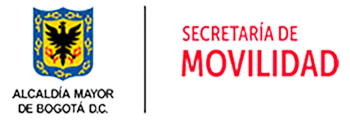Retornant la vida al carrer Falastin a Jeddah, Aràbia Saudita
DOI:
https://doi.org/10.5821/ctv.8452Paraules clau:
Disseny urbà, Nou urbanisme, reinvencióResum
En l'urbanisme modern, els carrers són essencials per a proporcionar vitalitat urbana, amb els vianants jugant un paper clau. El procés de peatonalització d'una ciutat és important per a la qualitat de vida de tots els seus habitants, però no sempre rep l'atenció que mereix en el desenvolupament de el pla urbà de les ciutats d'Aràbia Saudita. La millora de la peatonalització podria contribuir significativament a aportar vitalitat als carrers de les ciutats del Regne, on molts dels residents de la ciutat tendeixen a utilitzar automòbils privats en lloc de caminar pels carrers. En aquest estudi empíric, vam triar Falastin Street com l'estudi de cas a la ciutat de Jeddah, Aràbia Saudita. Com a part de el marc teòric subjacent, revisem els nous criteris i principis de l'urbanisme. Posteriorment, es va realitzar una anàlisi de el lloc, inclòs l'ús de terra, el trànsit, l'altura de l'edifici, el vent, la llum solar, l'accés i els nodes. Els nodes es van obtenir aplicant dades de xarxes socials recopilats de l'aplicació snapchat, que es va utilitzar per crear el mapa de calor del carrer Falastin. A més, es van triar quatre estudis de cas reeixits, amb al menys una característica comuna en termes de clima, economia, vida social i durada, en el nostre cas. Els estudis de cas es van dividir en dos tipus: projectes nous i renovats. Els carrers van ser avaluades segons diversos aspectes urbans i arquitectònics. La comparació dels estudis va llançar diversos defectes, inclosa la falta d'il·luminació adequada i la consideració a escala humana, així com la manca d'espais públics i elements atractius. Una revisió dels casos de peatonalització efectiva dels carrers ens va permetre delinear els principis dels projectes de renovació urbana, inclosa la diversitat en les activitats comercials, l'augment de la densitat en el centre del carrer i les millores en la qualitat arquitectònica, com l'addició d'espais oberts al voltant de el centre de la ciutat. carrer per a visitants. Per al pla mestre, el lloc es va dividir en 5 zones, cadascuna amb el seu propi espai públic. L'aproximació als criteris de disseny urbà mitjançant principis estudiats i obtinguts va permetre l'establiment dels objectius principals d'el projecte, inclosos els espais per a activitats de la vida diària a l'aire lliure i la reunió social en aquest carrer. Com a solució principal per augmentar la densitat en el lloc, vam proposar augmentar les activitats de la vida social de centre del carrer, ja que el node principal pot augmentar el valor de el lloc mig a causa de la densitat augmentada. A més, utilitzant l'enfocament de màrqueting minorista, hem determinat que la distribució de marques al carrer Falastin pot servir com a punts atractius per al moviment de vianants. Aquestes distribucions van ser proporcionades pel programari Grasshopper, produint cinc escenaris, amb l'escenari escollit òptim que ofereix la millor xarxa de connexió entre les botigues de la marca. Finalment, el pla mestre es va generar creant els espais públics dins el lloc i considerant la distribució òptima de les botigues de marca al carrer. Considerant la rica herència cultural de Jeddah, una altra recomanació inclou l'ús de les seves finestres tradicionals específiques trucades Rawashen per a façanes urbanes. Altres estratègies per millorar la peatonalització del carrer Falastin inclouen la promoció d'espais públics i la distribució de la marca com a elements atractius perquè els visitants visitin a peu. L'aplicació d'aquests criteris als carrers similars podria ajudar els planificadors de la ciutat i als responsables polítics a vianants dels carrers a l'Aràbia Saudita.


